|
Continuingl on a cheery note, I managed to get my icon of the Confession of Thomas finished before disappearing on holiday for my own micro-Brexit. Slightly under A3 this, so quite large for me, but all those little figures - the festival icons always leave me wondering whether it was strictly necessary to have so many apostles. I suppose I should be glad it wasn't the 70 Martyrs of Sebastopol. No inscription yet - we are still mulling it over. Confession? Declaration? Convincing? Testing? I talked it over in my previous blog entry here. Feel free to express preferences or make suggestions.
A few years ago my nose was a bit out of joint when an old acquaintance compared my artistic efforts with those of Cecilia Gimenez, would-be art restorer whom posterity will know as Master of the Monkey Boy of Zaragoza. Pictures of the fresco 'before' and 'after' went viral but she has the last laugh: I have just read a past article in The Independent (for link click here) saying that the subsequent influx of tourists to the church from all over the world has raised thousands in extra revenue. I can think of a few unremarkable sacred artworks in these parts which could benefit from a similar treatment: perhaps we could invite the good lady to visit .....
This week I was excited to have finished my first sizeable illumination on vellum, and will be sending it off to the US next week. 'Sizeable' in this context is comparative, since the whole piece measures only 8" x 10", but that is pretty large in miniature terms - a lot of eyebending detail and many hours' work. The client wanted the Lord's Prayer, illuminated in the style of a canon table from the exquisite Gladzor Gospel (pictured above). The Gospel book was made around 1300 in one of the monasteries of the vanished medieval university of Gladzor in Armenia, and is now in the Getty Museum in the US. Canon tables were a handy little cross-referencing aid, so that one could compare similar passages across the four synoptic gospels. They were usually decorated to look like a miniature jewelled temple, and the Armenian artists included birds drinking from urns, horns of plenty, fruits and flowers and many symbolic references to the abundance of paradise embodied in the holy Word. I have combined elements from the Gladzor canon table, and others from various works by my much-admired T'oros Roslin who was working a good fifty years before the Gladzor artist. I guessed at the original pigments he used - only four or five, despite the multi-coloured appearance, and tried to match them. I used the beautiful and precious mineral pigments I bought with some of my prize money from Attila at Master Pigments. His lapis lazuli and volkonskoite are intensely coloured and very finely ground: other such pigments I have tried have been much too coarse for illumination work. Vellum is a marvellous thing to work on, and rightfully costly, so much more rewarding than a lifeless bit of paper. As the paint goes on, the moisture causes the collagen in the vellum to swell, making each motif stand very slightly proud like a little jewel on the surface. I'd love some more commissions in a similar vein, so please share with your friends!
A new commission has recently given me reason to revisit the iconography known in English as the Doubt, or Incredulity, of Thomas. The apostle is shown reaching out his finger to the wounded side of the newly risen Christ; Thomas declares his belief and Christ pronounces the 'eleventh beatitude': "Blessed are they who have not seen and yet believe." Picture above is a 15th century wallpainting of this scene from Hertfordshire's very own St Alban's Cathedral, and a slightly earlier Byzantine fresco of the same scene from Greece.
The title of the image expresses the unjustified reputation of poor Thomas in the Western church. I have seen some modern icons inscribed the 'Confession' of Thomas, which is better. After all, Thomas recognises Jesus as "My Lord and my God", one of the pivotal moments of the post-resurrection story. By tradition, Thomas was a very young man, even a teenager, among the apostles, brave, loyal and impetuous. Tradition says that he took the gospel to India, where he was martyred and the community of St Thomas, or Syriac, Christians in Kerala still bear witness to his proselytising. Not the work of a timorous recidivist. So my client and I are considering a different name for the piece, which is destined as a wedding gift. The Greek title translates as the 'Touching' of Thomas, and I'm told that the Russians call it the 'Assurance'. At the moment I am weighing up entitling my icon 'The Convincing of Thomas', or maybe even 'the Conviction' I have painted this icon before, but have become dissatisfied with my treatment of it. My present client wants the full Byzantine party - groups of amazed apostles, doors, scenery and so forth, but the scene lends itself to a focus on only the two central figures. I once thought that this was a modernising approach: focusing on the minimalist essentials of the scene as a counterpoint to the distracting sensory abundance of modern life. But in fact I find that this is not true at all, and in my researches I have turned up a number of beautiful and early two figure 'Incredulity' icons. My favourite has always been the Ottonian ivory, around a thousand years old, pictured first below. I love the way Christ tenderly bends down from his high dais and Thomas is stretching up eagerly as if he is actually going to climb into his wounds. I have had a photofraph of it pinned to my inspiration board for years, and one day I shall paint a version for myself. The second image is a tiny Byzantine carved sapphire (reverse side, hence Christ on the left), dating perhaps as far back as the sixth century. Astonishingly it was found among the treasures of the famous Cheapside Hoard, remodelled as an Elizabethan earring. I hope it is on display - I shall be looking out for it next time I visit the Museum of London. You can read a most interesting in-depth article about this jewel here: http://farlang.com/byzantine-gem-cheapside-hoard This stuff is precious, I knew that, but toxic too as I heard today on BBC Radio 4 (report here). Today I have been applying it to vellum for a fine illumination commission. Lapis (ultramarine - 'beyond the sea blue') comes from modern day Afghanistan, which as everyone should know is located just south of the Garden of Eden on the medieval world map. Now I hear that the lapis mines are being stripped and the millions raised disappearing into the pockets of corrupt officials and the Taliban. Other deposits of lapis have been found since ancient times, in Chile I believe, but the stone is inferior. There is nothing to replace that extraordinary blue: azurite is beautiful but very green in tone. I suspect when one scratches the surface there is going to be nothing particularly wholesome about the way any pigment is extracted or manufactured, but for now I shall be refraining from smearing lapis all over the icons.
Goodness me, this came as a great surprise! And a valuable surprise too. You can read more about the competition and my winning entry on my website here.
|
The view from my deskCurrent work, places and events, art travel, and interesting snippets about Christian icons, medieval art, manuscript illumination, egg tempera,, gilding, technique and materials. Categories
All
Archives
January 2024
|
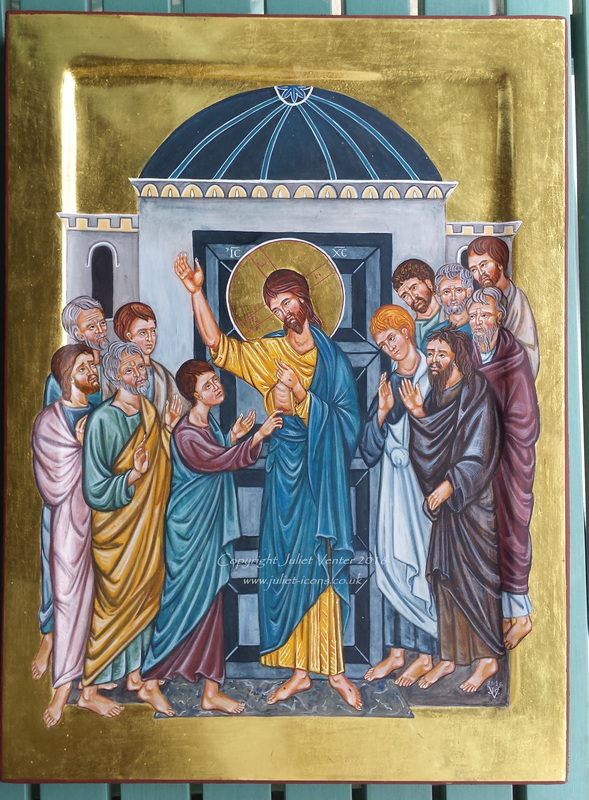
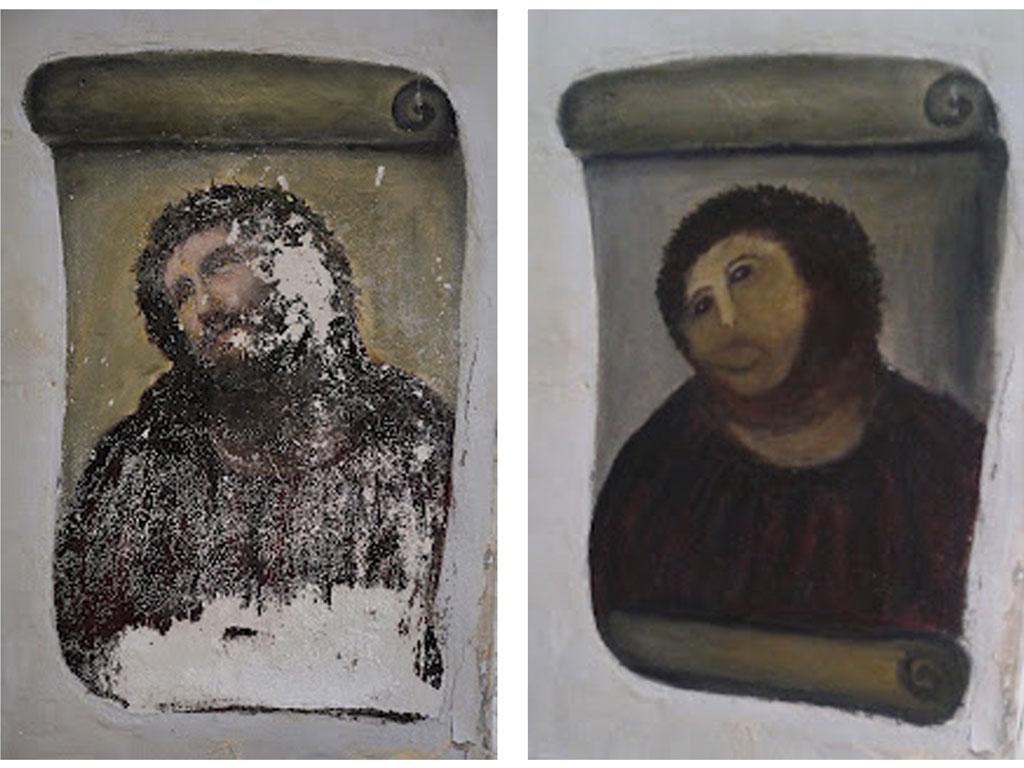
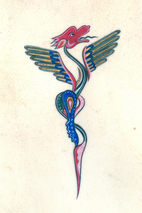


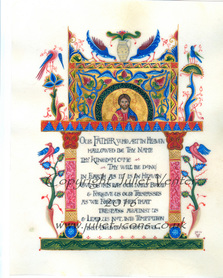
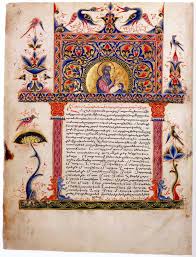
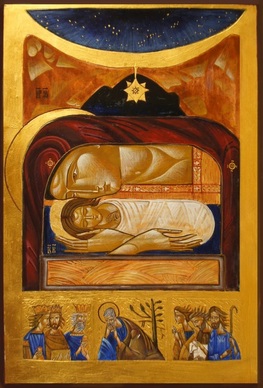
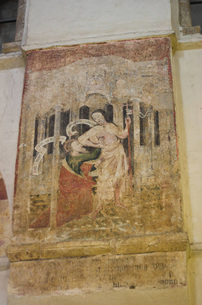
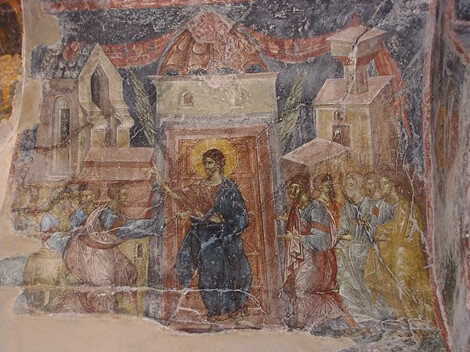
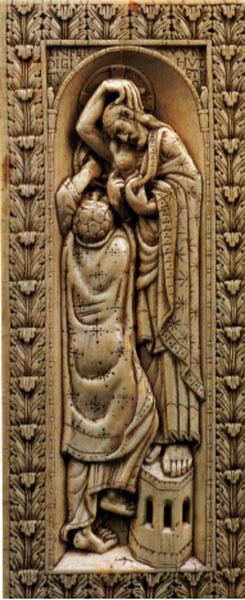
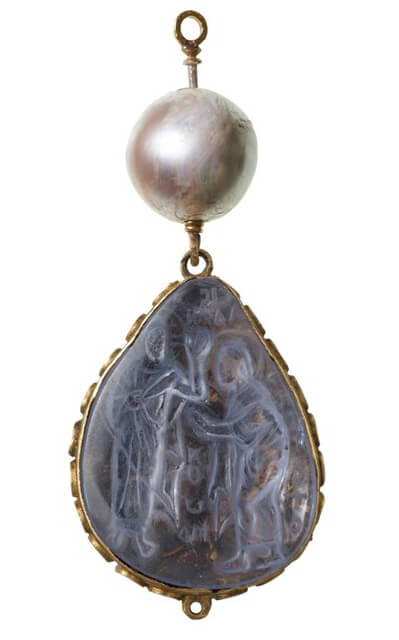
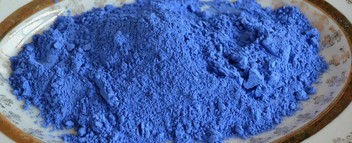
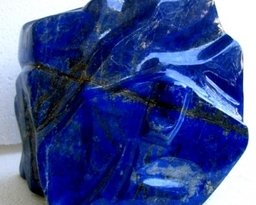
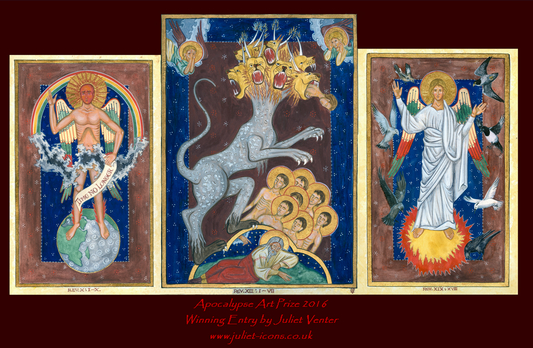

 RSS Feed
RSS Feed